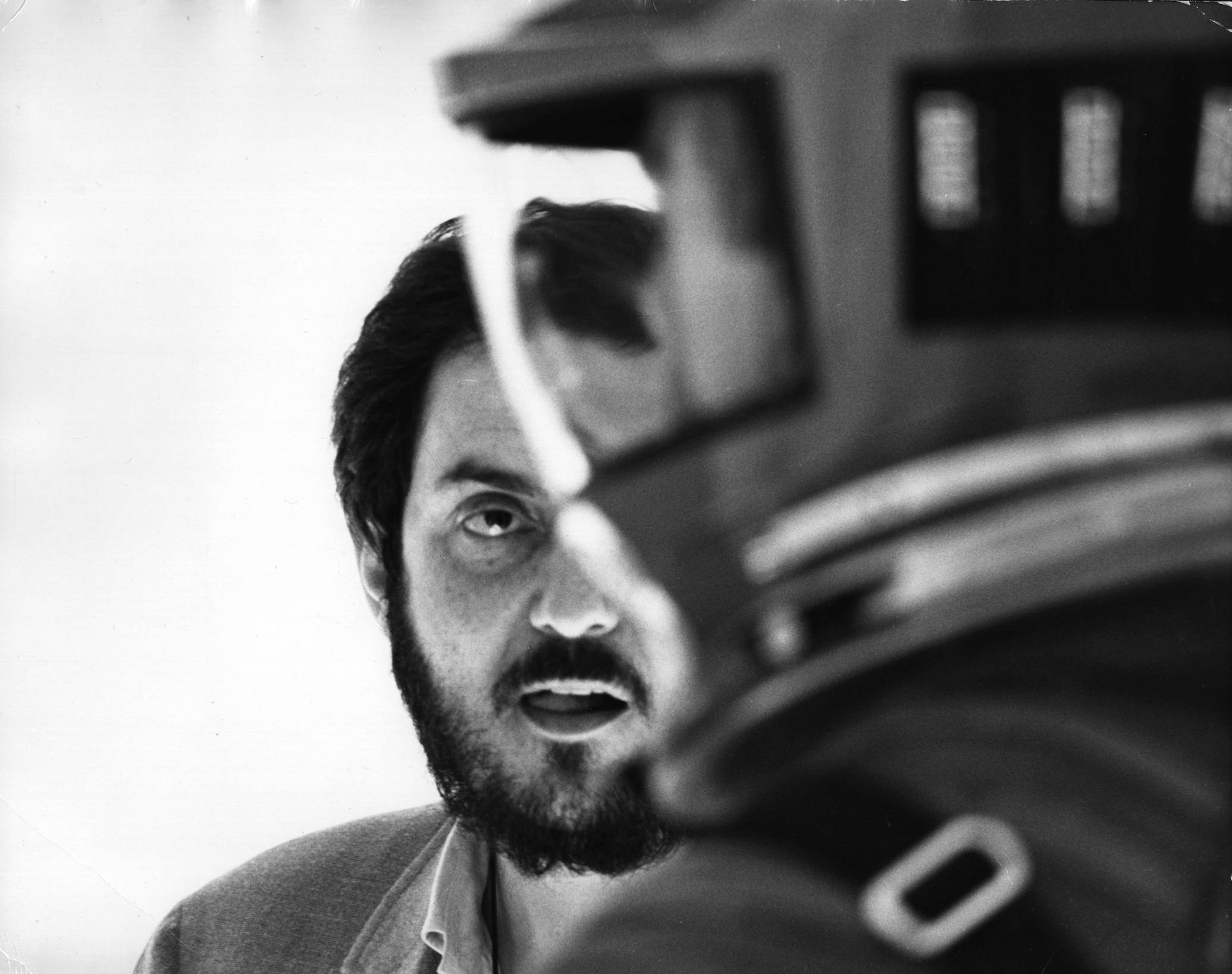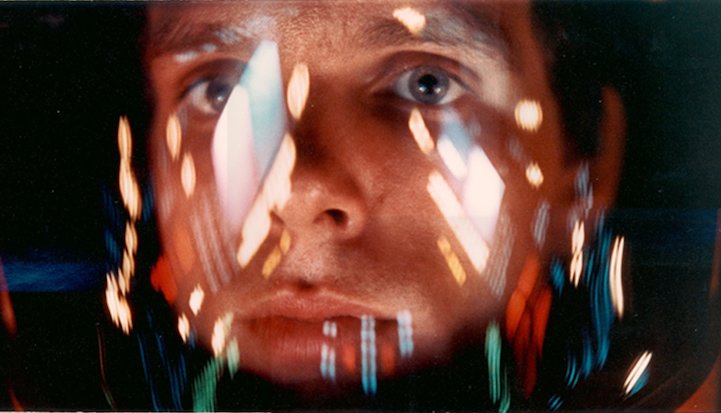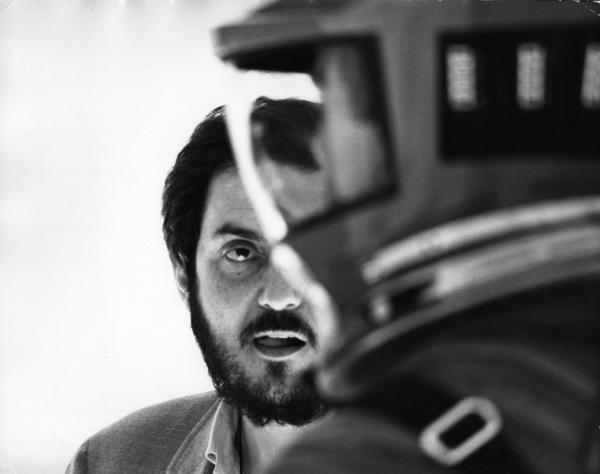Stanley Kubrick was missing. The office he was using at MGM’s West 55th Street world headquarters in New York to supervise the national release of 2001: A Space Odyssey was empty, and nobody knew where the usually punctual film director was that morning, including me, his summer intern. Stanley being off of the grid, his own very meticulous grid, was unexpected, especially since he had control over MGM’s distribution of his movie, and the studio executives needed him available to approve their plans practically every day. Very few filmmakers had ever achieved that level of control and power over how their movies were marketed and exhibited. Kubrick already had final cut rights as a director, won after his experience with Spartacus, but final approval being given to a movie director for the marketing and distribution release strategies of his movie was just beginning to become a Hollywood deal point for the most successful filmmakers.
 2001: A Space Odyssey, directed by Stanley Kubrick (1965-68; GB/United States). Stanley Kubrick on set during the filming. © Warner Bros. Entertainment Inc.
2001: A Space Odyssey, directed by Stanley Kubrick (1965-68; GB/United States). Stanley Kubrick on set during the filming. © Warner Bros. Entertainment Inc.
Another mystery quickly developed when the studio received a call from the manager of the Loews Capitol Theatre, MGM’s 5,500-seat showcase theater on Broadway (second largest in New York after Radio City Music Hall’s 5,700 seats). The projectionist was threatening to go on strike and close the theater, which meant no more showings of 2001: A Space Odyssey. Someone saying they were from MGM had gone into the projection booth and was using a chisel to file the aperture frame to remove the built up dust from the carbon arc projectors so that there would be sharp, not fuzzy, edges on the theater screen.
The arclight, or carbon-arc lighting, was the illumination source in movie projectors at the time. As the carbon rods burned down, they smoked and threw off dust that would adhere to the edges of the aperture frame with the result of projecting fuzzy edges on the screen. Kubrick did not like the distraction of fuzzy edges, so he brought his chisel into the projection booth to clean the edges so 2001 would be seen with crisp, clean edges on the screen. The mystery of where Kubrick had been was solved, and all future projectionists of 2001: A Space Odyssey would receive written instructions from the director stating how he expected his movie to be projected.
 2001: A Space Odyssey, directed by Stanley Kubrick (1965-68; GB/United States). The astronaut Bowman (Keir Dullea) in the storage loft of the computer HAL. © Warner Bros. Entertainment Inc.
2001: A Space Odyssey, directed by Stanley Kubrick (1965-68; GB/United States). The astronaut Bowman (Keir Dullea) in the storage loft of the computer HAL. © Warner Bros. Entertainment Inc.
The smallest details, such as removing the built-up arclight dust, never escaped Stanley Kubrick, who was always finding new ways to ensure that his standards were met. The studio had given him an office with a small conference room attached to it, where he stationed me with his instructions. First thing every morning I was to go to the international newsstand on Broadway and collect newspapers from every major American city. Next, I was to tear out the page that had the ad for 2001 and place it on top of the pile for that city. The perimeter of the conference room floor was lined by stacks of tear sheets from newspapers from all of the major cities, with the most recent ads being placed on top of each city’s pile. Kubrick showed me how to measure advertising space using an agate ruler that equated fourteen lines to an inch, which was how advertising space was measured and purchased.
Equipped with my resources, I would wait for the phone to ring and hear him say something like “Chicago, June 20,” or “Miami, July 15.” Quickly, I would pull the tear sheet from the stack and measure the lines of advertising and compare it to the advertising schedule the studio promised him. The under or over differential was all he wanted to know. I would stick my head through the connecting door and make a simple report such as “Chicago, June 20, under by six inches (or 84 lines).” I never found an overage. The studio was constantly purchasing less ad space than they promised him, and he always challenged them and insisted on additional advertising to make up the difference.
What was revelatory to me was not so much his meticulous process and attention to even the smallest details, but his absolute power. I was being paid by the studio to work for him as an auditor to uncover their deficiency and tell him. As a very young teenager, I realized how important it was for Kubrick to control every aspect of his movies, and to this day—from 2001 to Lolita to A Clockwork Orange—one can see what a difference that attention to detail made.
Tim Deegan, Director of Guest Services



